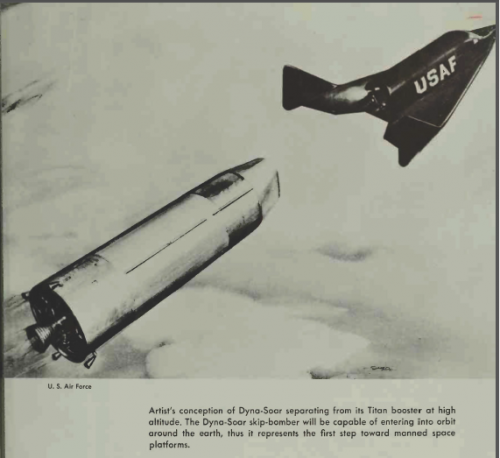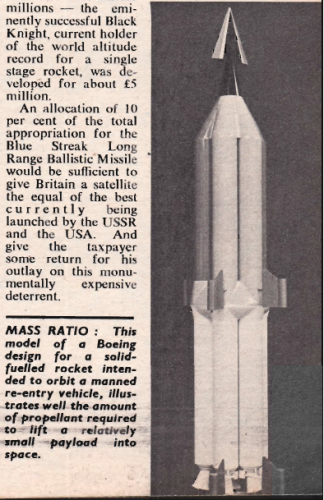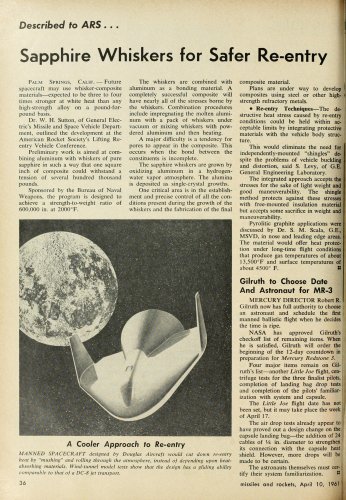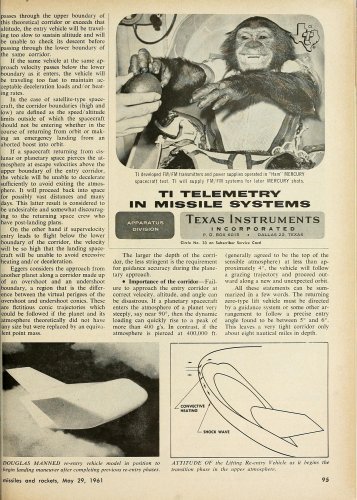trekkist said:1. An unmanned vehicle could have done it better and quicker…but by what date did the first such occur? As I recall, MOL was bested by spysats only some years later. I posited a (perhaps technically as well as politically infeasible) early first launch date
2. as my argument's basis, saying then that had the thing existed, the USAF would have fought not just to keep it, but to improve on its capabilities (stations, depots etc). This competition (manned/unmanned) would in the long run have been lost -- but in the short run? Manned bombers didn't die due to missiles, and may still take some time to die due to drones…and that's in an era without a Cold War.
3. Drop the X-20 onto the scene circa '65-68, I'm not wholly convinced a niche wouldn't have been found for it.
1. MOL was bested years before it was cancelled, that is why it was canceled.
2. In space, drones already dominated, before there was manned capability. It would be going backwards.
3. No niche because it was too expensive for the little if any utility it provided








